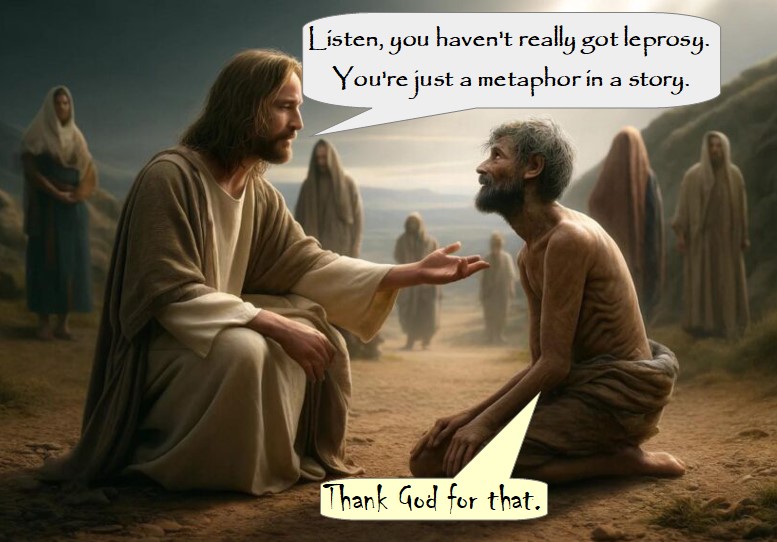
The others didn’t need much persuading when Sinwar told them they really had to do something about the lion. It was, he said, too near the camp and represented a threat. The gods demanded they gather their guns and other weapons to launch an attack not only on the alpha-male itself but the entire pride. That way, any future threats would also be eliminated. The problem of the lion and its proximity to the camp would be resolved once and for all.
They planned a dawn expedition when the lion and the pride could be caught unawares. As hunters they knew how to take their prey by surprise. They crept into the undergrowth and caught different members of the pride in their sights. Then, the onslaught began.
The cubs and unwary females were butchered first, with unrelenting savagery. Lionesses that sought to protect their offspring were mercilessly gunned down. Finally, the males appeared from the undergrowth and were met with a hail of bullets that tore into their powerful bodies, ripping them apart. They were no match for the hunters’ arsenal.
Caught unaware as it was, the pride stood no chance. The hunters looked on the carnage and knew it was good. They returned to camp, taking with them the only cubs to have survived the onslaught, mortally wounded and unable to resist. Once safely returned they praised the gods who had surely blessed their mission and ensured its success.
News of their heroic efforts soon spread until all around marvelled at their accomplishments. No-one gave much thought to the lions who had been slaughtered. It was taken as read that the pride had been in need of a merciless cull. Right had prevailed.
Unknown to Sinwar and the hunters, however, the alpha lion had survived. Hidden in the shadows, he licked his many wounds and knew instinctively he would exact revenge. He had been severely provoked and he vowed to himself that such provocation would not go unpunished. Others joined him; males who had recently left the pride to establish their own, heeded the deep instinct that they must band together to ensure their survival.
They attacked when their hunters were least expecting it and returned the savagery that had been meted out to them. The nearby townsfolk were shocked at the bloody retaliation; the hunters had been within their rights to attack the pride, after all. The lions had no right to exact a deadly revenge. Everyone in the region and even further afield seemed to think so. Nonetheless, a great deal more senseless death followed.
Having decimated the hunters and rescued some of the cubs, the lions took many townsfolk in their savage maws. They then moved on to new territories, sensing the allegiance of others to the hunters. They attacked those who had lent their support and had hunters of their own, losing some of their own number while destroying any who stood in their way. A rogue elephant from far away blundered into the fray, trampling many more while demanding the hunters and lions make up and be friends. (Meanwhile, a pygmy shrew from another land wondered if it too should join in but found itself incapable of deciding even whose side it should be on.)
Having stood its ground, the alpha lion returned to its den. He had taught the hunters and those who supported them that they provoked him at their peril. It would, he vowed, never happen again.





